L-R; Bill Turner, Bob Standford, Mush Rutledge & Cassan (All images courtesy of William Turner/Peter Turner)
My Memories of ML357
by William (Bill) Turner 1942-1944 AB.
“I joined up in October 1941 and did my basic training at HMS Ganges. From then I was sent to Chatham Barracks and then Scotland to train on Loch Linney with ML’s. My next port of call was Bristol Docks to an old New Zealand meat boat and set sail for Cape Town, South Africa. After a short stay, we set off on the "“New Amsterdam”; the pride of the Dutch merchant fleet. After a quick voyage we arrived at Port Said and after unloading all our gear I found my kitbag was missing and gone forever. The was a good start in Eygpt!
We picked up our boat in August from the boat yard on “The Bitter Lakes”. We loaded all our supplies and set off up the Suez Canal to Port Said to finish fitting out with weapons and depth charges. A four ring captain came to see about speed trials and brought a big bamboo pole with a net on it. He ordered a depth charge on a low setting and hoped to get some fish but got none.
Then we were sent up the “Bleu” as the desert was called and it was non-stop escorting ships of all nations heading for Malta. Our limit was to Benghazi and Tobruk and other desert ports. On one occasion in the little port of Derna (Libya) we were sent to Crete on a secret mission. It was a risky job and I don’t know why we were not caught by the Jerries. The people we met on the beach were drunk and flashing torches. We were promised air cover for coming home and one plane arrived just as we got back to Derna.
Two of our boats were lost at Tobruk, ML 352 and 353. Also HMS Coventry (1). Things were a bit quieter for El-Alamain and we did patrols to Palestine, Beirut and Alexandria.
After our next call at Beirut we were ordered to paint the ship in light and dark grey, it’s very good camouflage. Our next surprise was a lot of bamboo poles and nets to cover the boat. All these poles, nets and paint would be very good for where we were going
Our next mission was to take soldiers into the Aegean Sea and capture a place called Castelrosso. This was done with just a few shots fired and our Number One was hit by a bullet which grazed his forehead. We could refuel our boat at Castellrosso, but the road to the beach was very bad. A box of gelignite with cord and fuses was supplied to clear the road for the fuel tankers but for some reason we left to go further into the Islands. I used some of the explosive for fishing but one of the stokers, Tubby Owen, lost a couple of fingers when he hit the guardrail with a detonator in his hand. He needed medical aid and as we were to move out before dark we found a boat with a doctor and left Tubby with him.
Our work in the Greek Islands was to disrupt enemy craft if possible without using our guns for the noise would give us away. The best results were to use a depth charge on a large boats and small charges on small boats. These charges sounded like dull thuds in the water.
After time in the Islands we headed back to Alexandria for an engine service and a rest before going up the Desert again prior to the El-Alamain battle. We saw a lot of landing craft in a bay called Rasiltin so our skipper decided to have a closer look, then a shout from ashore told us not to tie alongside any of the boats as they were all made from canvas and wood. Also on shore we could see lots of tanks which were also canvas and wood to fool Jerry. This was to make it look like big forces were ready for El-Alamain when the Eighth Army defeated Rommel.
By Christmas 1943 we were in Tobruk and the skipper said we could all have dinner and a drink and we could stay in port. So out came our rum bottles and we all got merry till the signal told us to leave NOW for Alexandria. With over a hundred wrecks in the port it’s a wonder we got out without hitting one!
Back in the Islands again and we did our usual patrols and a couple of times when dawn began to light up another day we saw a Jerry boat who waved to us and we waved back. Obviously they thought we were a Turkish Navy boat. Another time we caught a small landing craft loaded with tins of pork. It was a nice change from corned beef. The Jerries were taken onboard and stayed for quite a time living with us. Always under guard, they all spoke English and seemed like ordinary chaps to us. They played cards with us and smoked our fags. We passed them over to a French destroyer eventually.
At a later date we met two other ML’s. I did not know their numbers. Our skip was senior in rank so decided to go third in line as our engine needed a refit. As our boat got near an island, we came under heavy fire. The boat in the middle was hit in the fuel tanks. We returned fire and made smoke around the damaged boat and passed a line to tow it away to a bay nearby. The ML was very lucky as they usually explode with no survivors.
Eventually my relief arrived and it was time for me to return home to England on leave. I was sorry to leave my mates. My skipper asked me to stay until we returned to Alexandria. Life on a small boat is not easy at times and time goes by and you lose track of time so you can’t remember days or dates. But I do feel proud to have served with good lads and a good boat”
(1) HMS COVENTRY, a light cruiser converted to an anti-aircraft ship in 1939, set ablaze after being attacked my JU 87 dive-bombers in the Mediterranean. COVENTRY was sailing to the aid of the destroyer HMS ZULU that had taken part in a largely unsuccessful combined land and sea attack on the port of Tobruk.
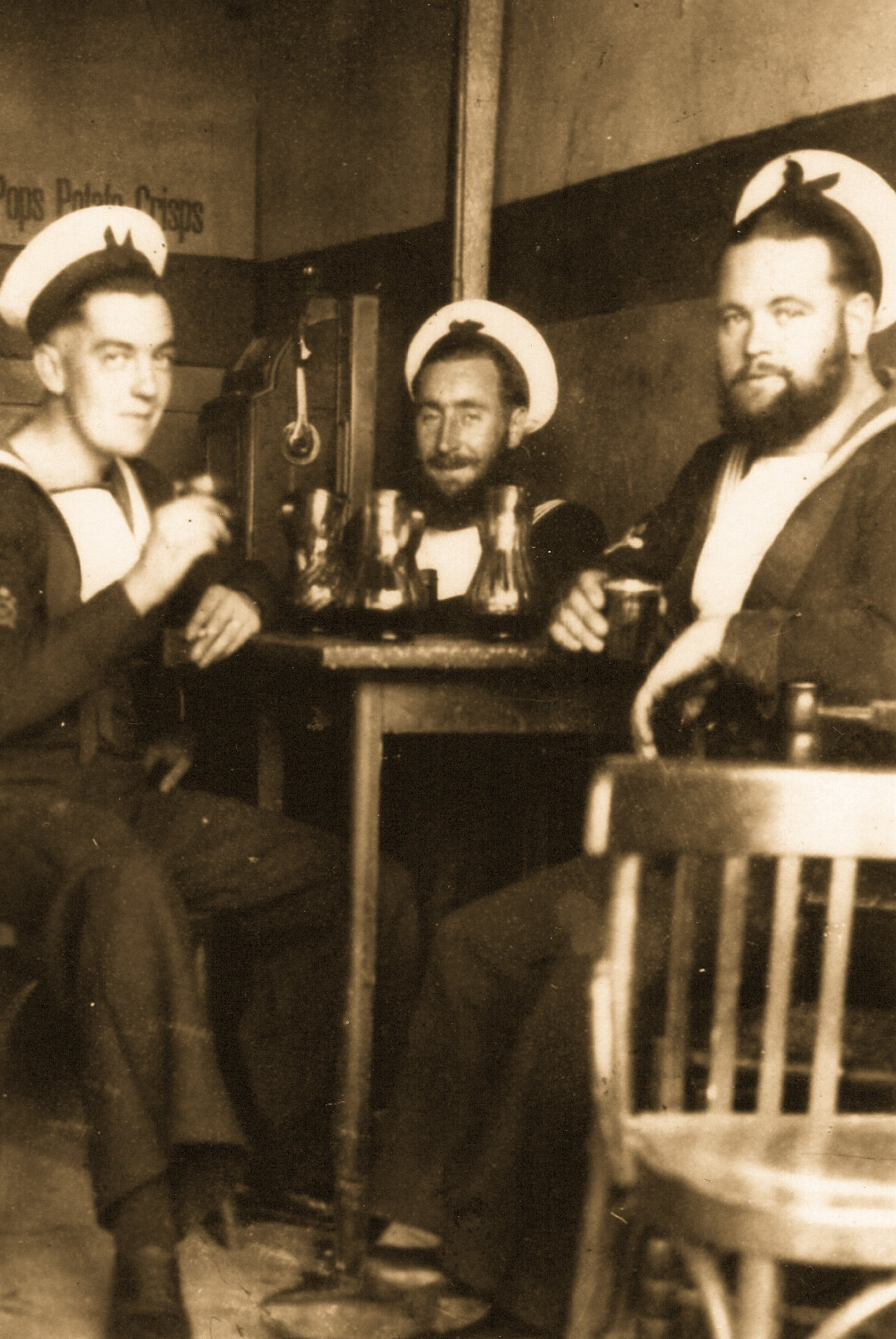
L-R; shore leave in Beirut; Cass, "Mush" Rutledge & Tubby Owen (Stoker)

L-R: "Daff", "Mush" Rutledge and Bill Turner in Kastellorizo, Greece

Bill Turner & Cass on the "Rolls" Gun

Bill Turner & Joe Rose (Stoker)

Bill Turner on the Oerlikon Gun, ready for action!

Bill Turner with some of the lads, including Skipper "Butch" Crossley on the bridge.

Cass, Sandy & Bill Turner

Going fast, somewhere at sea..

Port of Kastellorizo, Greece

Jimmy (no1) on watch
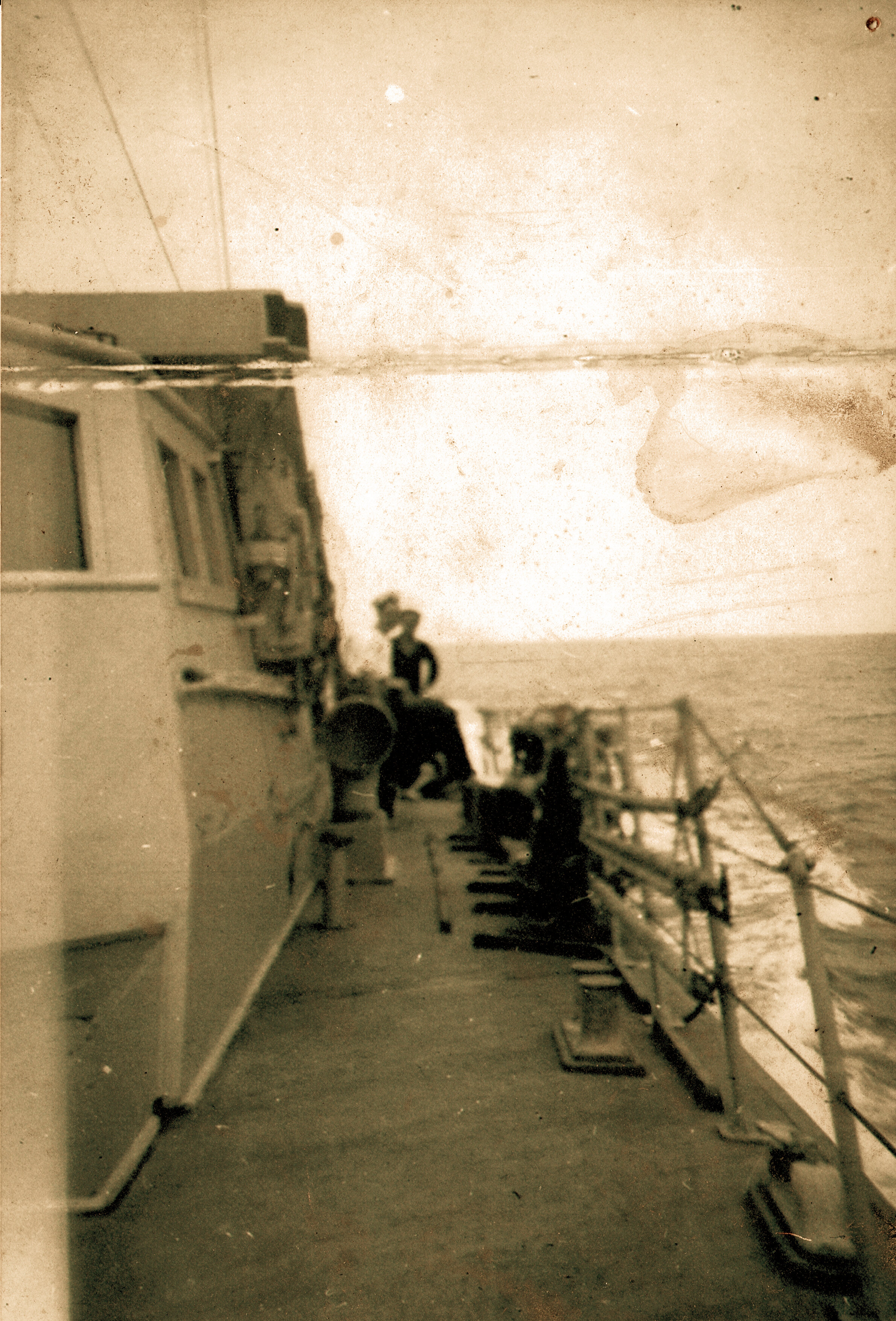
Joe Rose (Stoker) & Cass on deck

Joe Rose (Stoker) on deck

ML357 moored with Flotilla Lazaretto Creek, Malta

ML357 (far left) moored with others in one of Greek Islands
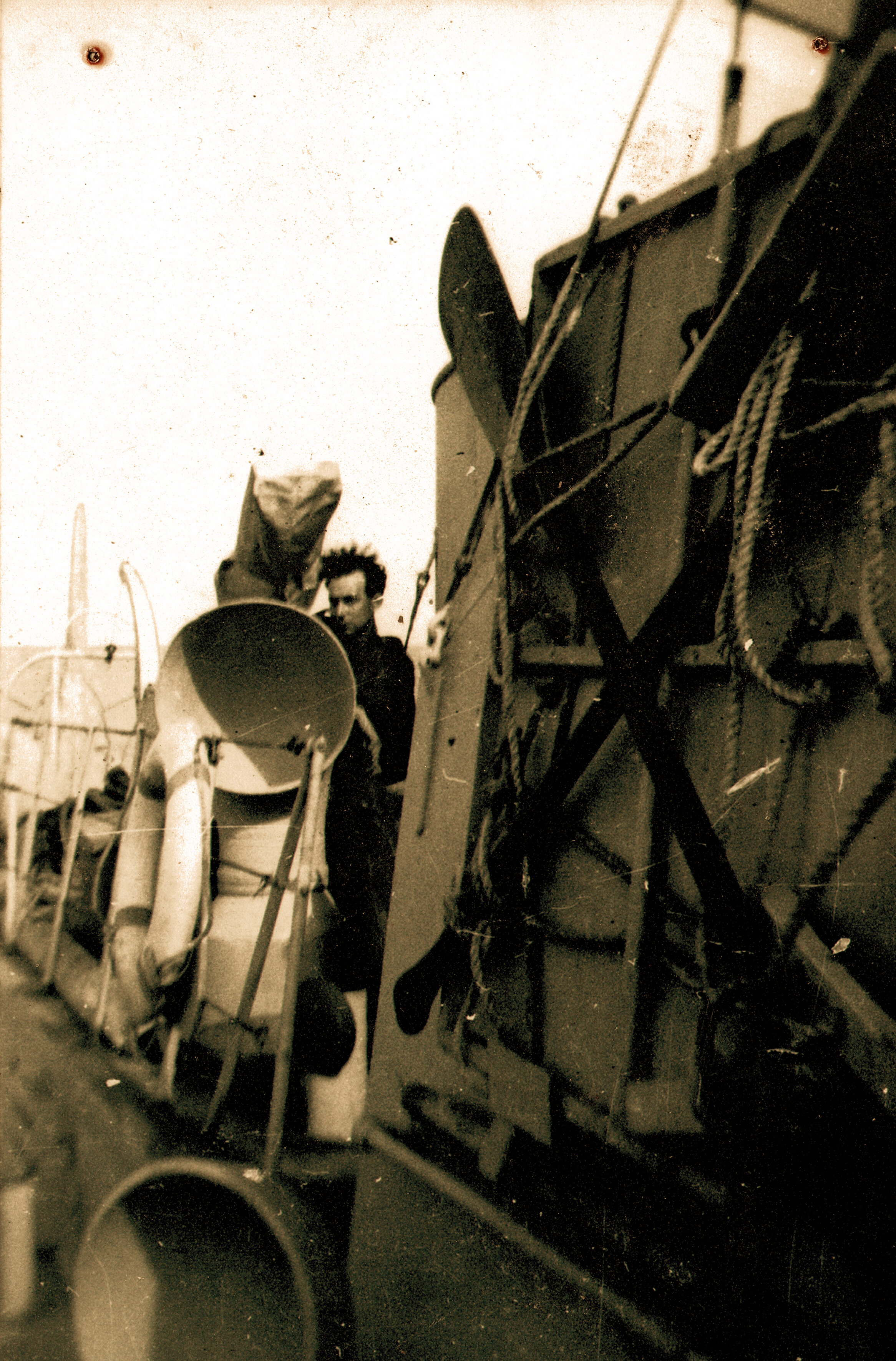
ML357 deck (no credits)

ML357; ships cat!
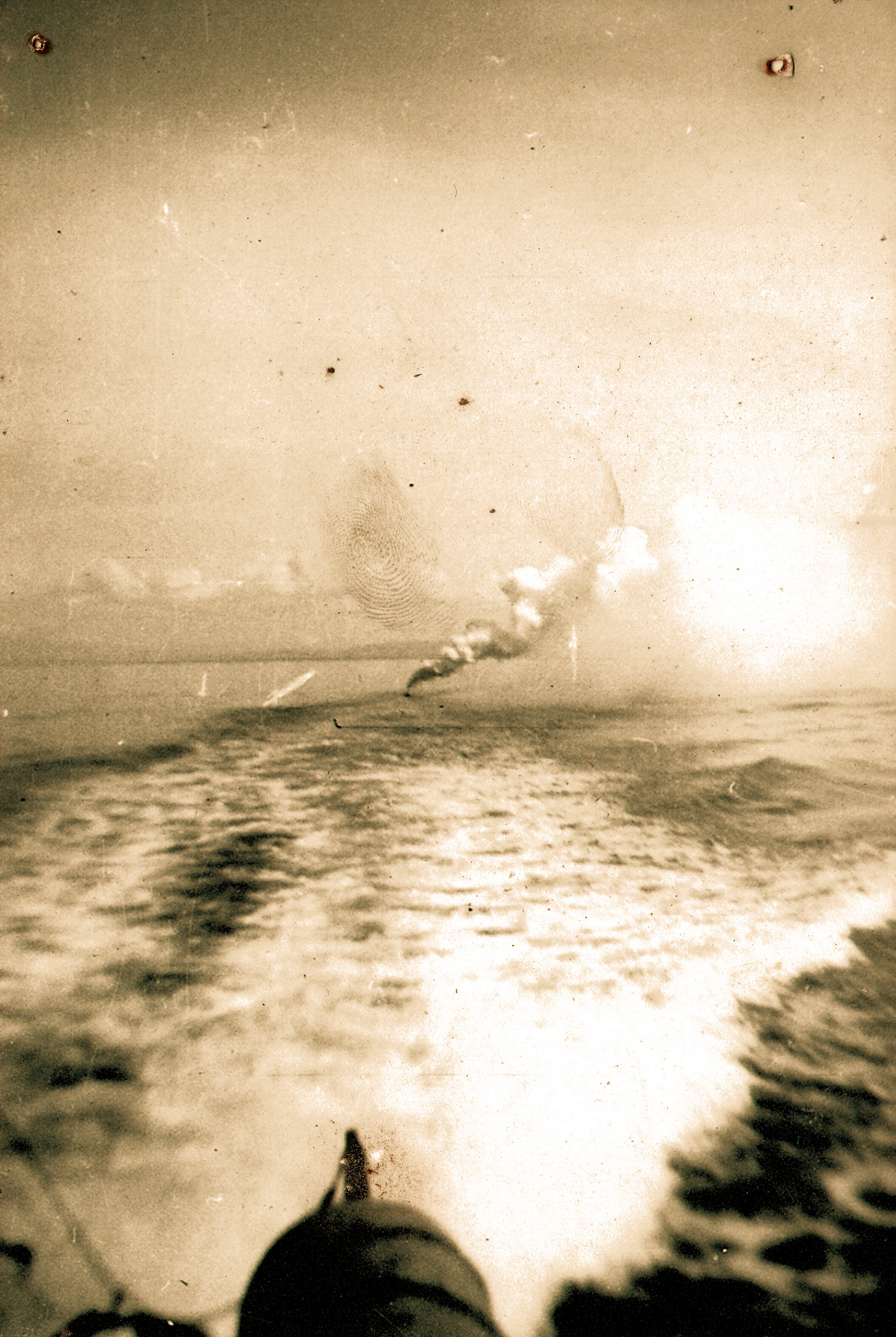
A smoke float; marking something in water
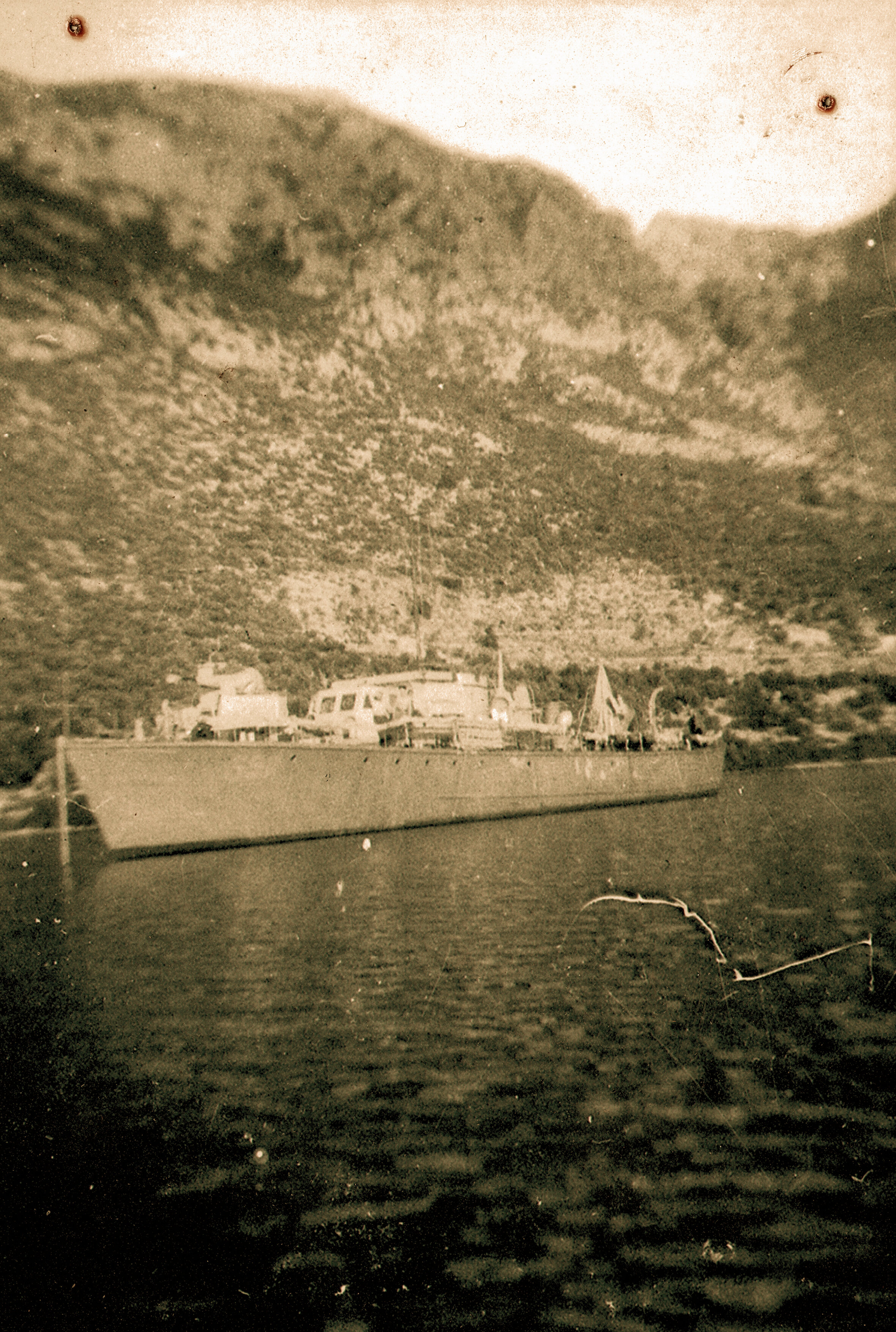
ML357 at anchor; somewhere in the Aegean Sea
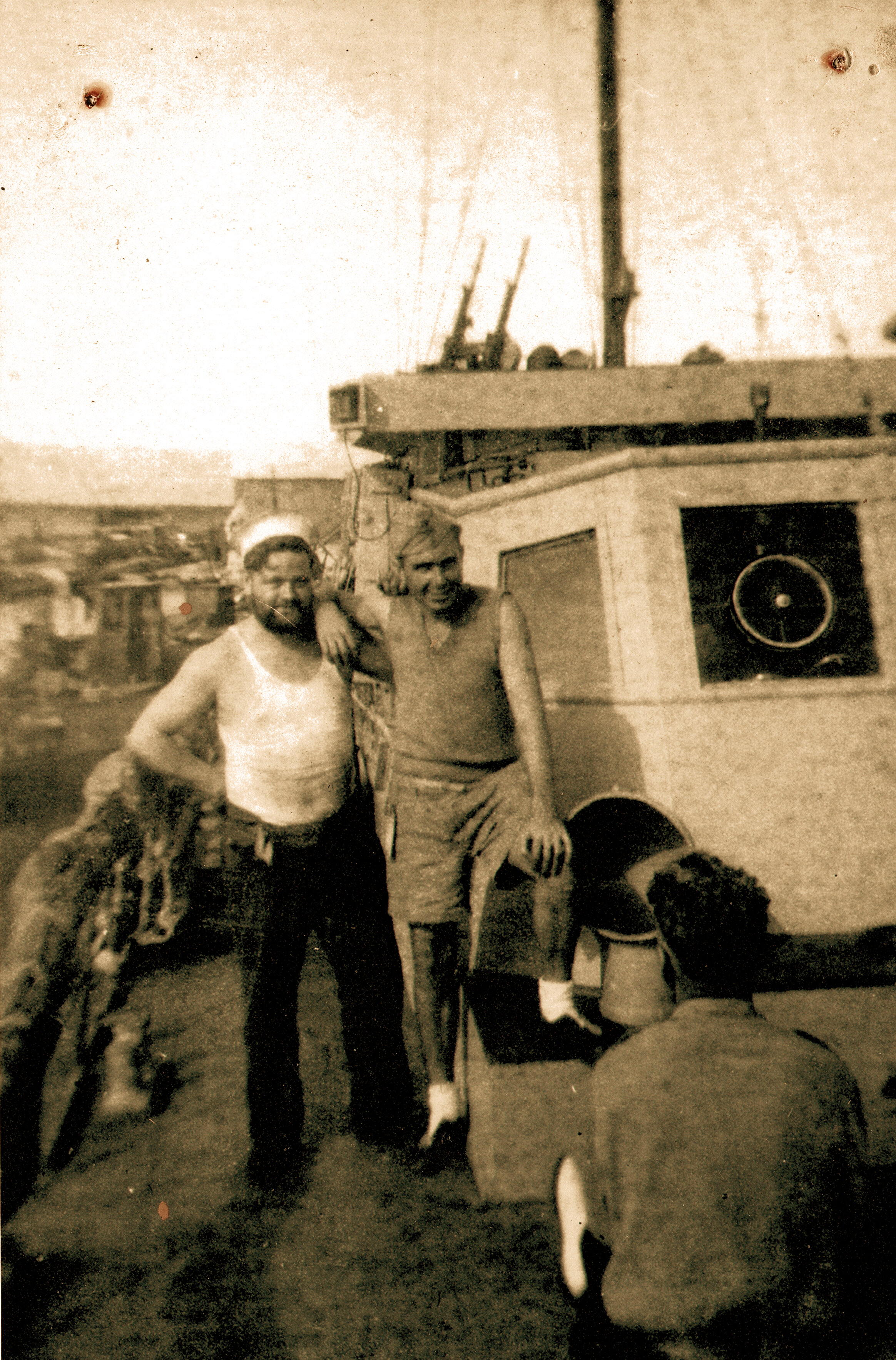
"Tubby" Owen (Stoker) & Coxswain by wheelhouse

On deck (no credits)

Cleaning the front deck (no credits)

One of the ML's possibly picking up mail
Bill revisiting ML357 in 2011, with son Peter and grandson Andy
ML357, moored in St Osyth, 2011.


